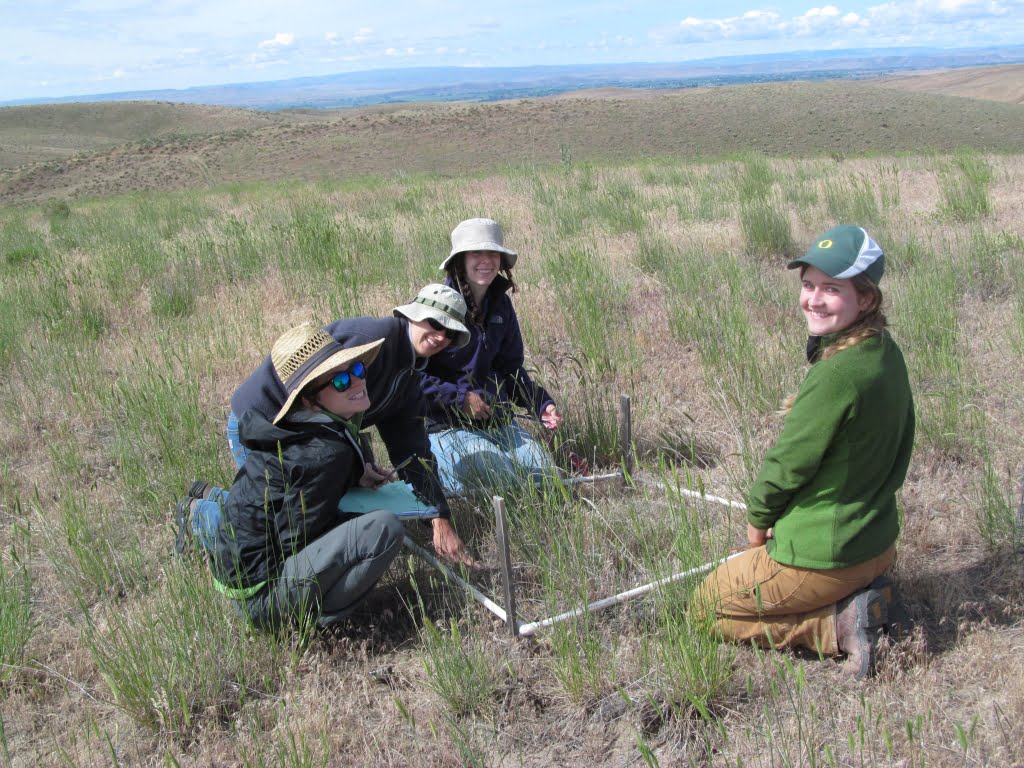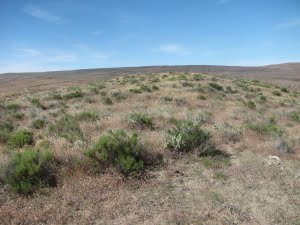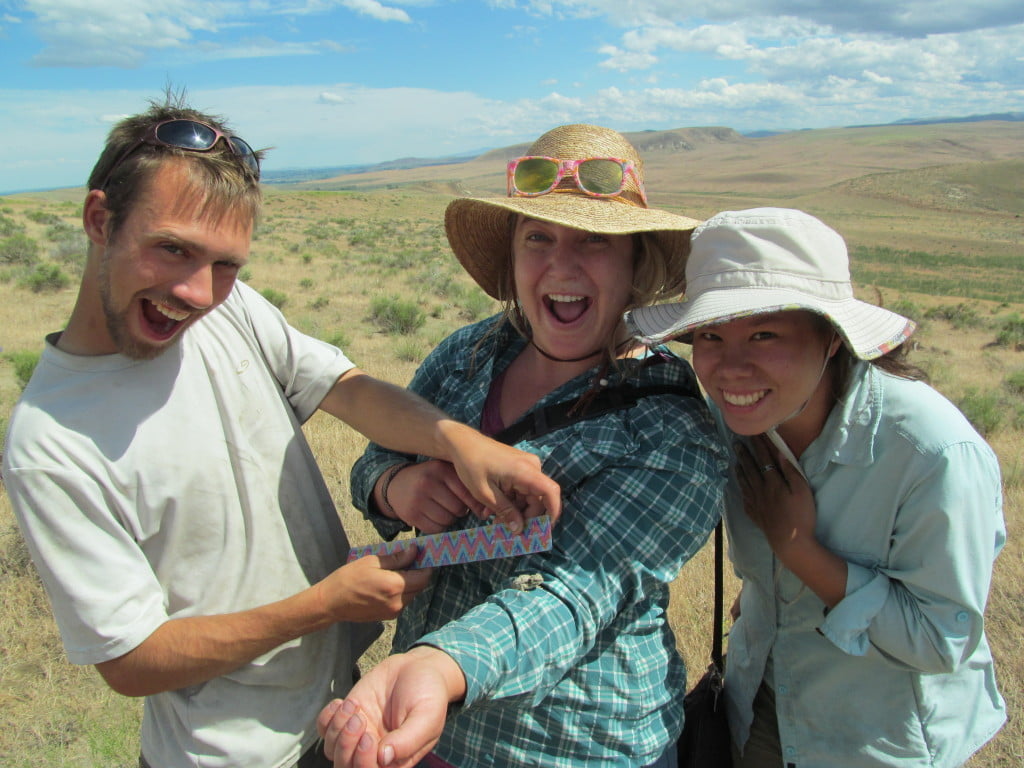
Conservation Research Adventures to the Desert
In June we said goodbye to our Corvallis western Oregon home and set out for a long day of traveling to Vale, Oregon on the eastern part of the state to monitor Astragalus mulfordiae, or Mulford’s milkvetch. Although the journey was long, it was a beautiful sight to watch the greens of the Cascades turn into a sage, juniper and desert landscape where we would spend the next few days assessing the population of this sensitive species. Joining us on this project were our partners at the Vale BLM district that consisted of Susan Fritts, who is the District Botanist, and her two interns Amanda and Lauren. It was great to have them along for the wild ride (literally with the crazy roads!) and help us with the field monitoring.

Astragalus mulfordiae can be found from the Owyhee Uplands of Malheur County, Oregon east to the Owyhee Front and Boise Foothills of western Idaho. It occurs mostly in the sandy environment of desert shrub communities.


Astragalus mulfordiae is threatened by climate change, habitat degradation, and especially encroachment of invasive species, most notably Bromus tectorum (cheatgrass). Invasive species are common in these habitats and in certain places we literally had to drive over the towering fields of thistle to get to our study sites. Since the landscape is so dry, fires are common in the area which unfortunately encourages more growth of cheatgrass, which in turn increases fire activity. This is also known as a positive feedback loop, interactions that work together to ultimately accelerate ecological change. There is also a lot of cattle grazing in the area which can provide vectors for the thistle and cheatgrass and also create soil disturbance.
Astragalus mulfordiae is listed as endangered by the state of Oregon and is a federal species of concern. We observed the trends of this important species by monitoring multiple populations of A. mulfordiae, assessing plant community on established transects as well as gathering demographic and plant growth data on existing plots. Over the years, we have seen an increase in plant mortality and a decrease in overall plant growth and reproductive effort. This year, however, we documented many new seedlings at most of the sites, which is promising. The data that we collect can be used to help our partners and other land managers to make important decisions regarding the use of land with conservation efforts in mind.
In addition to our monitoring, we had quite the spectacle of wildlife sightings on our journey. Our wildlife safari sightings included several pronghorn, a hawk carrying a snake, a plethora of gophers, curlews, and a mating pair of BADGERS who we would often catch basking in the sun on our way to and from our field site. After doing more research on our furry friends, we discovered that the American badger is usually a solitary creature, except during the breeding season between June and August. We also came across a horny toad that was missing an arm that we named Mr. McNubbins; it became our mascot and helped us with the rest of our field work!

